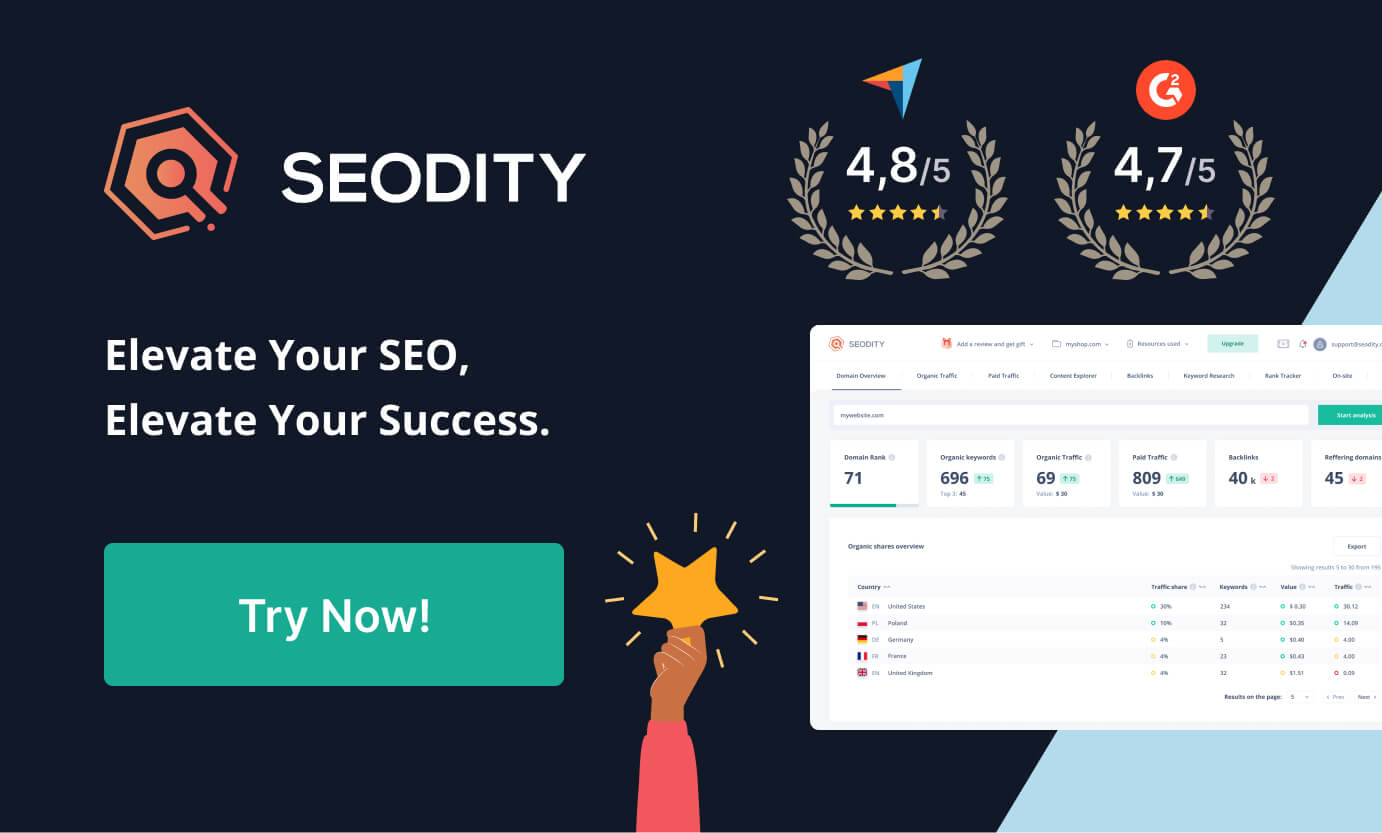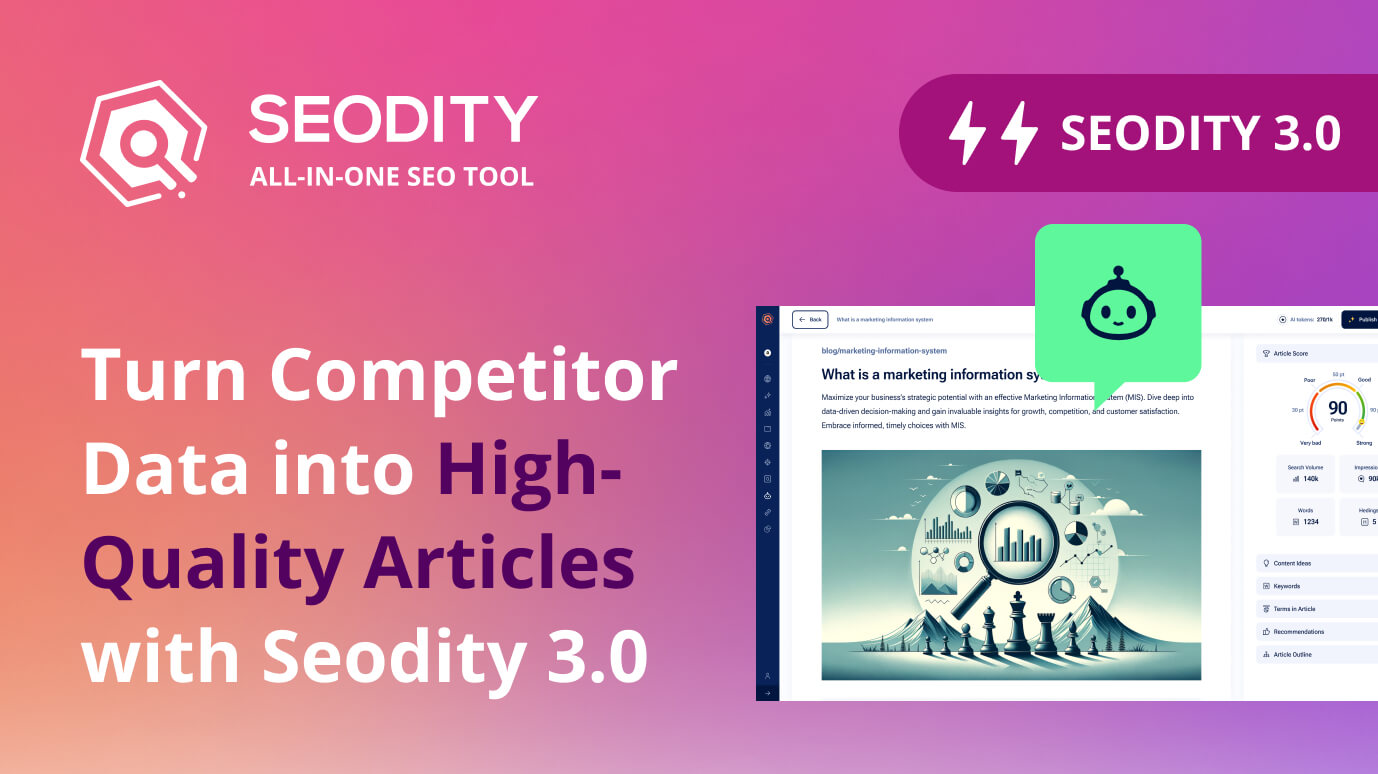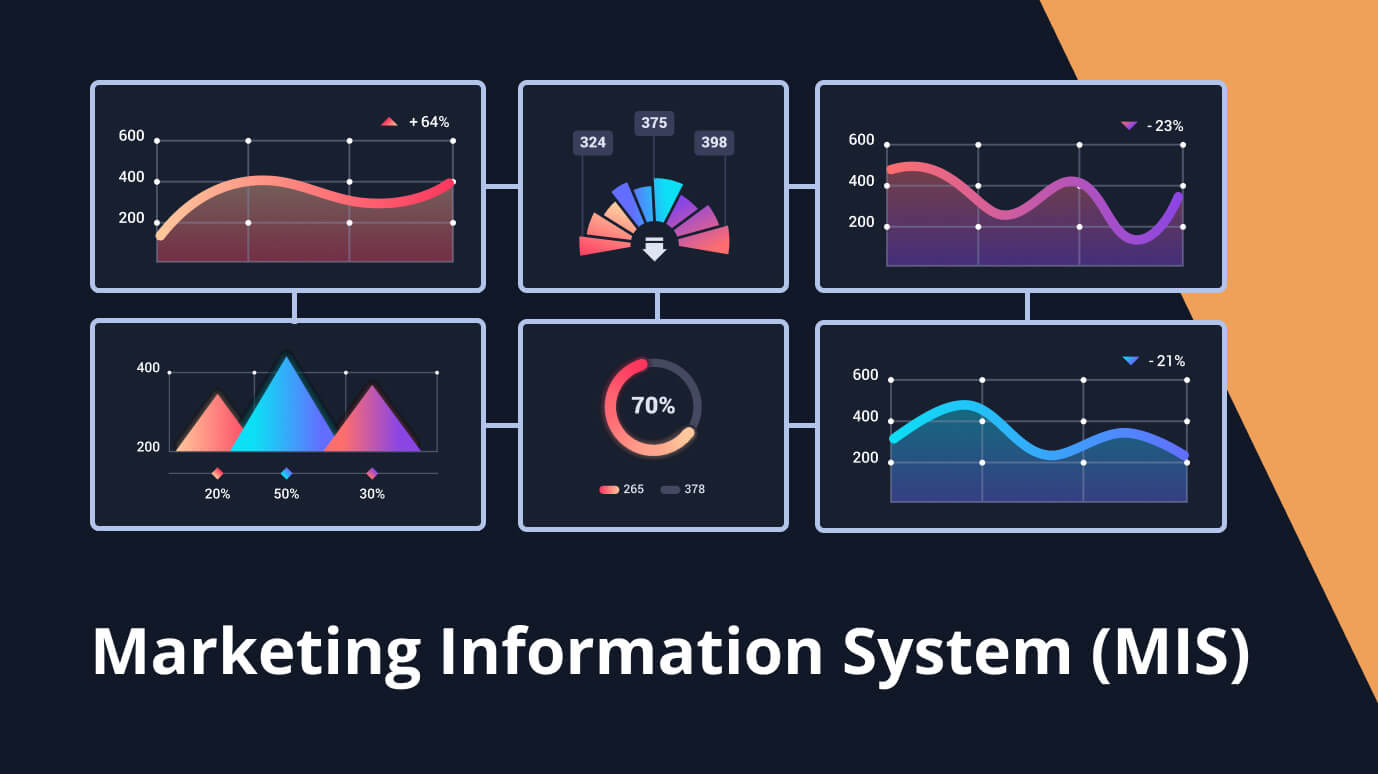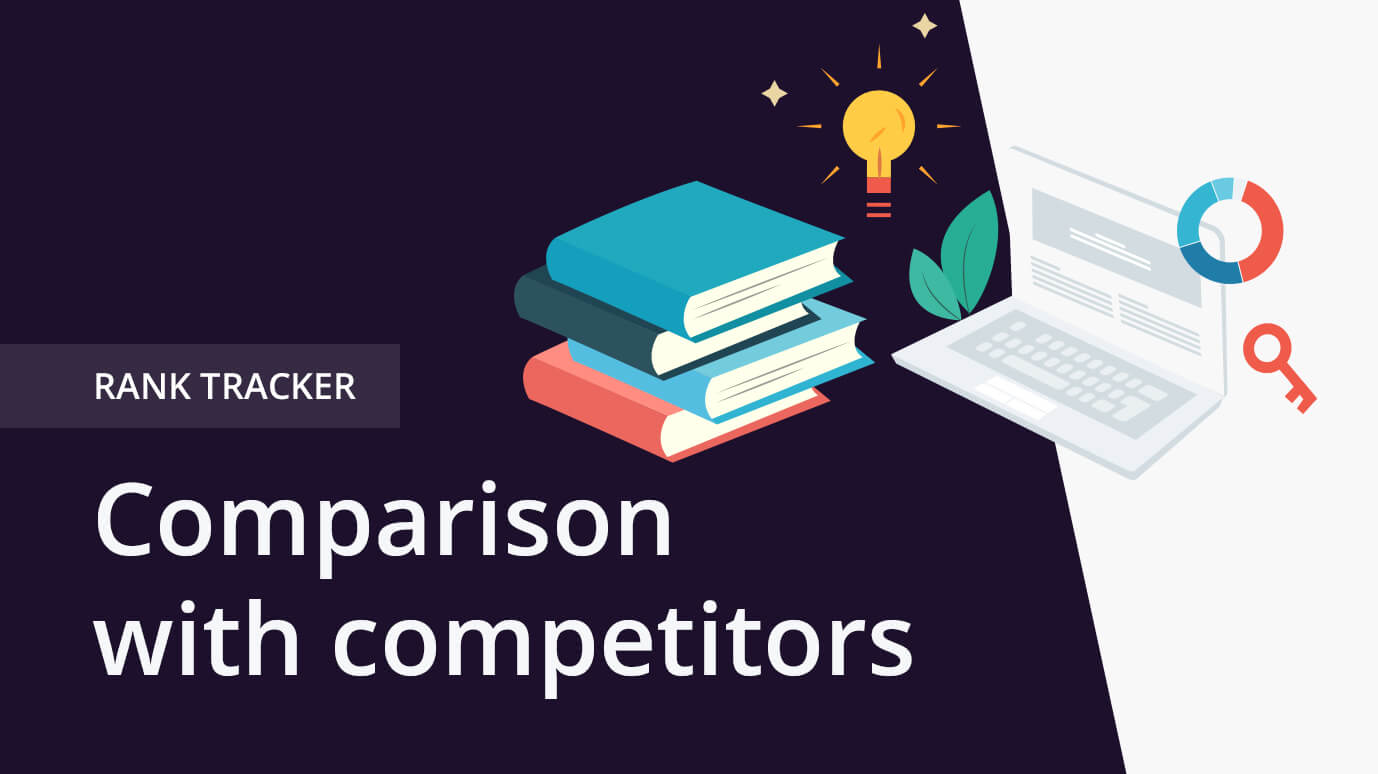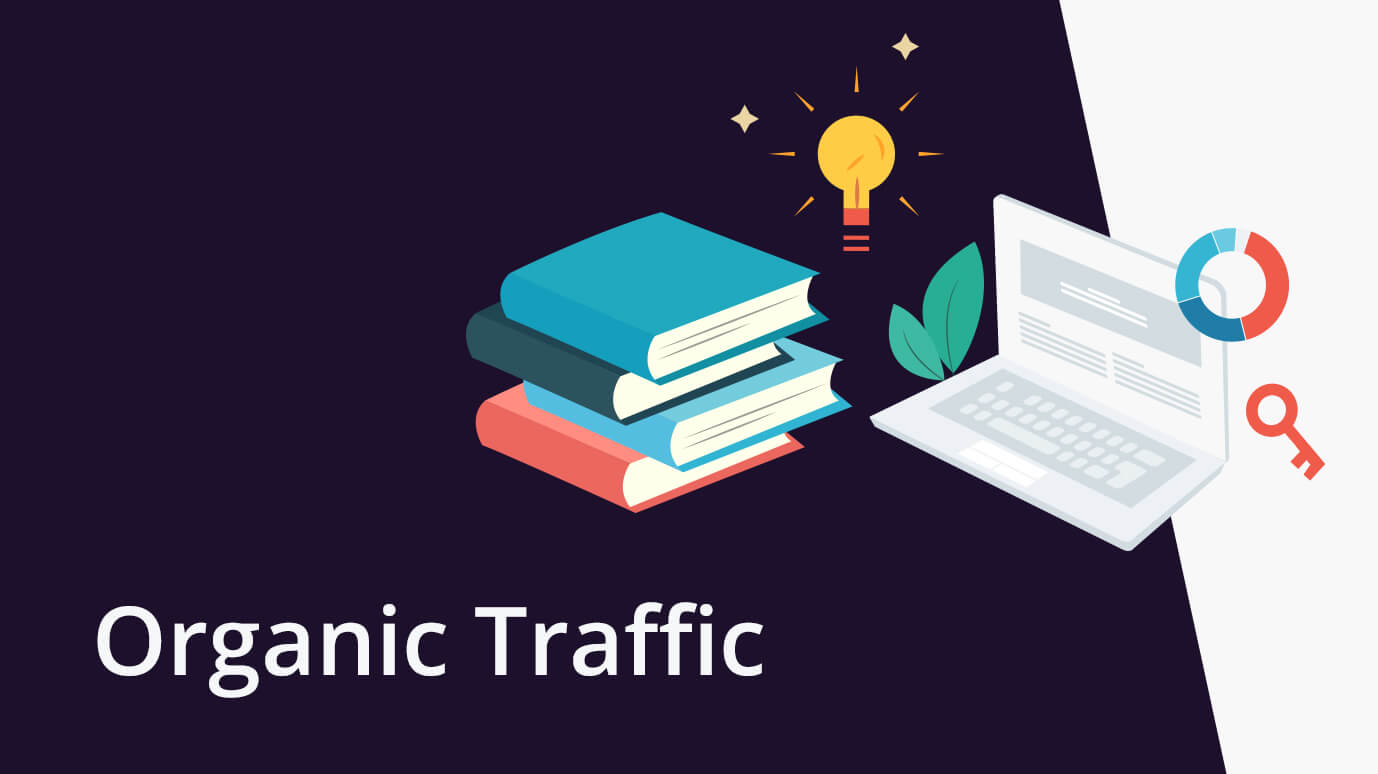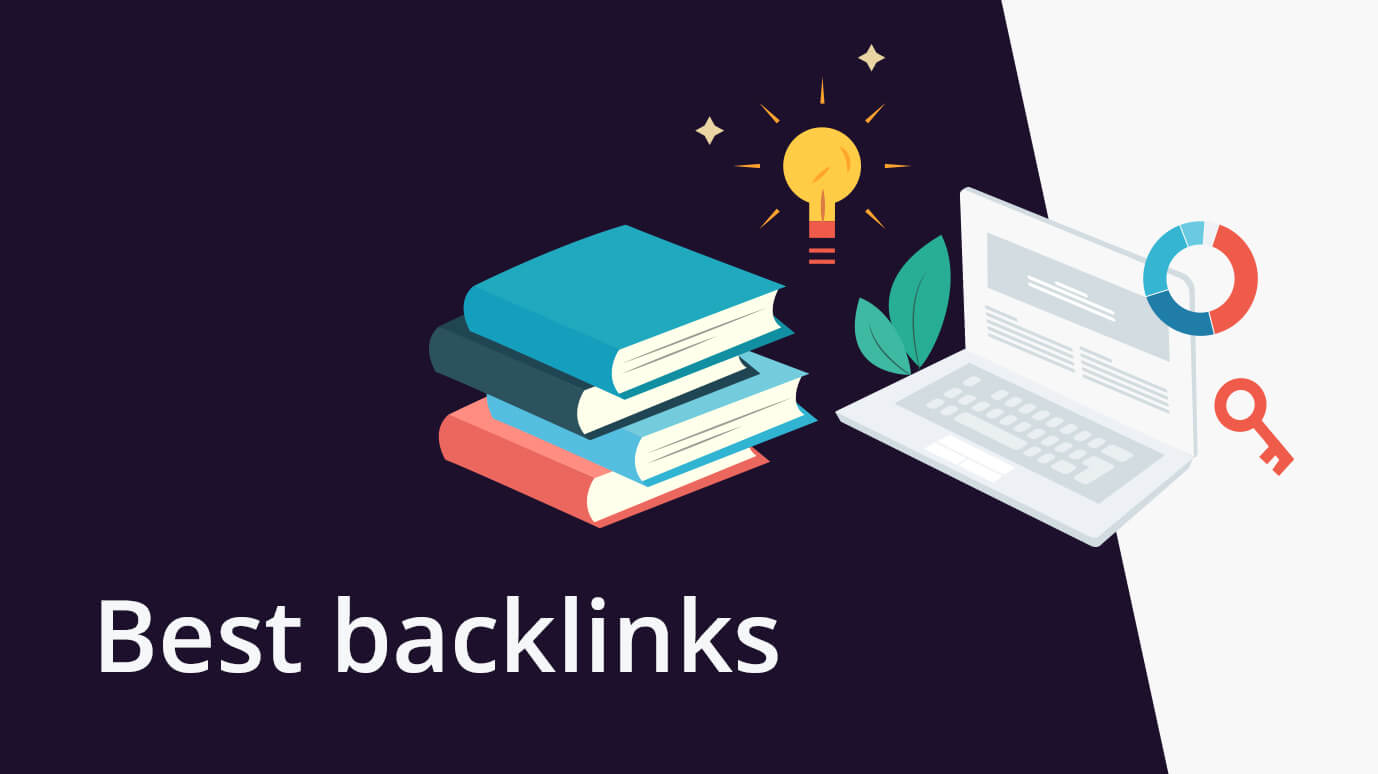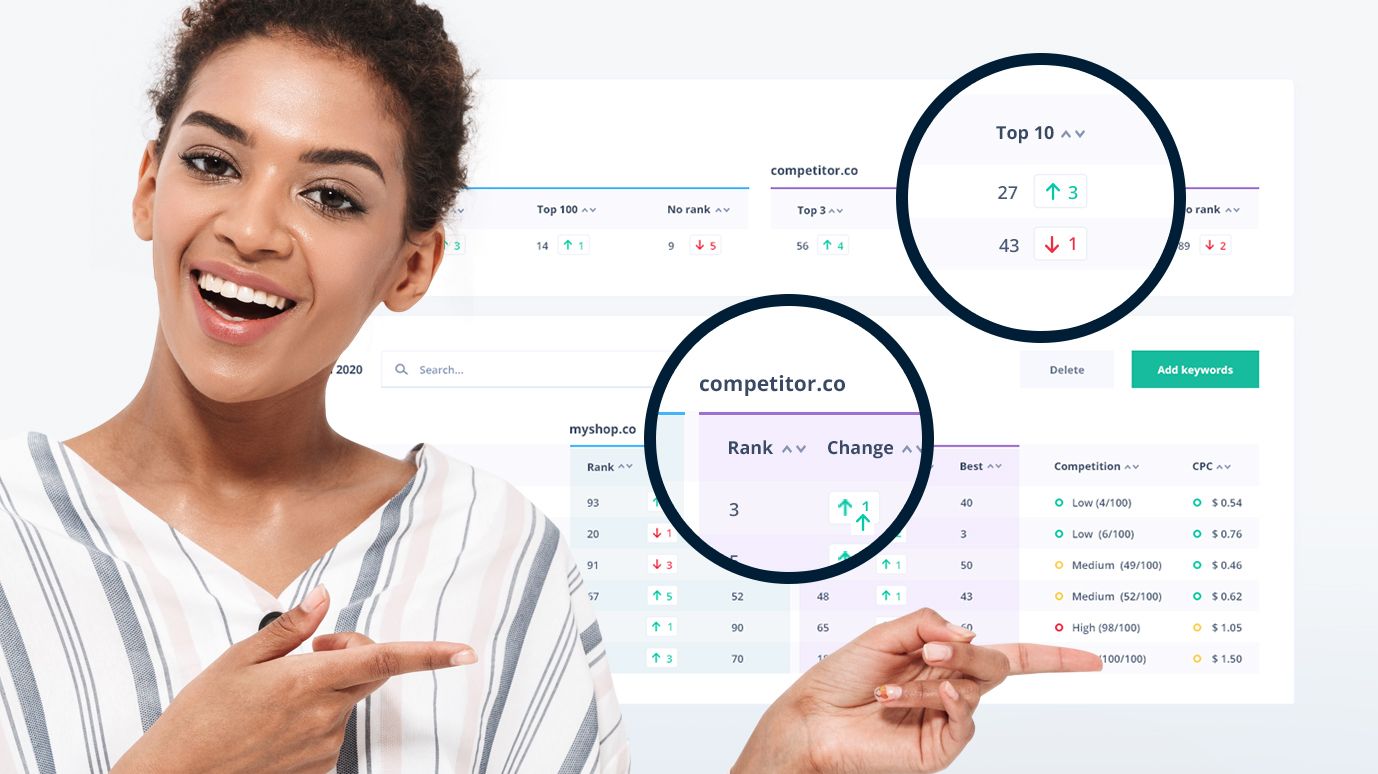
 14 min read
14 min readHow to Effectively Find and Replicate Competitor Backlinks in 3 Simple Phases
How to Find and Replicate Competitor Backlinks in 3 Simple Phases
A strategic approach towards observing and implementing the backlink strategies of your competitors can provide you with an edge in the SEO race. This guide breaks down how to identify, find, and replicate competitor backlinks in three straightforward phases. Each phase builds upon the previous one, ensuring a systematic approach to enhance your backlink profile. By the end of this guide, you will have the knowledge and tools needed to improve your site's SEO performance by using competitor backlink strategies.
Phase 1: Identifying Competitor Backlinks
To improve your SEO, begin by identifying which websites link to your competitors. Understanding these backlinks reveals how your competitors boost their SEO. This knowledge is crucial as it helps you see the kinds of links that increase a website's search engine presence and credibility. Begin this process by using Seodity for backlink analysis and carefully reviewing your competitor's backlinks. This initial step is crucial for planning to find and use similar backlinks to boost your SEO.
Understanding the Basics of Backlinks
Before diving deeper into competitor backlink identification and replication, it's essential to grasp the basics of backlinks and their critical role in SEO. Simply put, a backlink is a link from one website to another. These links serve as endorsements or votes of confidence from one site to another, signaling to search engines that the content is valuable, credible, and useful. The more high-quality backlinks a website accumulates, the more search engines consider it an authority in its niche, which can significantly impact its ranking in search engine result pages (SERPs).
However, not all backlinks are created equal. The quality of a backlink is determined by several factors, including the Domain Authority / Domain Ranking (DR) of the linking site, the relevance of the link’s context, and the naturalness of its placement. For an effective SEO strategy, aiming for high-quality, relevant backlinks is crucial as they contribute more significantly to a site's authority and ranking. Understanding these principles is the first step in effectively analyzing and replicating competitor backlinks, and preparing for advanced strategies to boost your website's SEO.
Tools for Finding Competitor Backlinks
Successfully identifying competitor backlinks relies heavily on sophisticated SEO tools that streamline the process and provide valuable insights. Among the myriad options available, several stand out for the efficiency and depth of data they offer. A tool like Seodity Backlink Checker is widely recognized for its backlink analysis capabilities. The platform allows you to enter a competitor's domain and instantly receive detailed reports on their backlink profile. The data includes not just the number of backlinks but also their quality, the referring domains, and the context in which these links are placed.
Another noteworthy tool is Majestic SEO, which specializes in backlink analysis and offers unique metrics like Citation Flow and Trust Flow to gauge the quality and trustworthiness of backlinks.
Utilizing these tools effectively requires a blend of technical knowledge and strategic thinking. By comparing the backlink profiles of multiple competitors, you can gain insights into industry standards, notice patterns, and identify what makes a backlink profile successful. This integral step not only aids in understanding how competitors are leveraging backlinks but also sets the stage for finding potential backlink sources and planning your approach to replicate their success as part of your SEO strategy.
Analyzing Competitor Websites for Backlink Opportunities (the type of content)
Once armed with the right tools, the next critical step involves a deep dive into analyzing competitor websites for potential backlink opportunities. This analysis is crucial as it highlights pathways to finding websites that might be interested in linking to your content, as they have with your competitors. Start by examining the backlink profiles you've gathered and identify patterns in the types of content being linked. Are they blog posts, whitepapers, case studies, or how-to guides? Understanding the content type can hint at the content preference of these linked sites, helping you tailor your approach.
Additionally, consider the context of these backlinks. Are they within comprehensive guides, product reviews, or listicles? This context can help in strategizing how to present your content in a way that's appealing to these linking sites. It’s also worthwhile to look at the website's industry, relevance to your niche, and the overall quality of content and user experience. High-relevance and high-quality sites are ideal targets for your backlink acquisition efforts.
Analyze the anchor text used for these backlinks as well, as it gives insights into the keywords your competitors are targeting. This knowledge can assist in shaping your content strategy to include these keywords, making your content more relevant and attractive for similar backlinks. Remember, the ultimate goal of this analysis is not just to find where to gain backlinks but to understand the 'why' behind these links. This understanding can prove crucial in not just replicating but potentially outperforming your competitor's backlink strategy.
Phase 2: Finding Backlink Sources
After thoroughly analyzing competitor backlinks and grasping the essentials of backlink quality and relevance, it's time to transition into the next vital phase of your backlink replication strategy: finding backlink sources. This phase revolves around directly identifying and exploring the specific websites and pages linked to your competitors. The objective is to develop a curated list of potential backlink sources that could be leveraged for your website, ultimately enhancing your SEO positioning.
Finding backlink sources requires a strategic approach, utilizing the insights and data you collected during the competitive analysis. Start by consolidating a list of domains that consistently appear across your competitors’ backlink profiles. These are the sites you want to prioritize as they potentially hold the most value. Next, dive deeper into the context of these backlinks to understand the content framework they prefer or align with, such as industry topics, content formats, and themes. This step is crucial as it informs not just where to find potential backlinks but also how to approach these sources with content that appeals to them.
The tools mentioned earlier, like Seodity Backlink Checker or Majestic SEO, are instrumental in this phase. They allow for a more granular exploration of backlink sources, offering features like filtering options to sort by domain authority, relevance, or the type of content linked. By identifying where your competitors get their most valuable backlinks, you create an opportunity roadmap for your backlink strategy, focusing efforts on sources with the greatest potential impact on your SEO performance.
Remember, the goal of this phase is not just to find where backlinks are coming from but also to understand the qualities and characteristics of these backlinks. This understanding enables you to approach potential backlink sources with a value proposition that is both relevant and compelling, setting the stage for successful backlink acquisition efforts in the final phase of your strategy.
Using Seodity for Competitor Backlink Analysis
While tools like Ahrefs and SEMrush are well-known in the SEO community for backlink analysis, Seodity emerges as a robust alternative offering a fresh perspective on competitor backlink analysis. This tool stands out by providing comprehensive insights into your and your competitors' backlink profiles, making it easier to understand the landscape of backlink strategies within your industry. Seodity's intuitive interface allows users to identify high-value backlink sources quickly, analyze the context of each link, and scrutinize the anchor text used, offering a holistic view of the strategies working for competitors.
Moreover, Seodity facilitates the exploration of your competitors' backlink environments by highlighting not just the sources of their backlinks but also the quality and relevance of these links. This is instrumental in devising a data-backed approach to replicating their success. The platform also offers features for tracking your backlink profile's growth, enabling you to gauge the effectiveness of your backlink acquisition strategies over time. Whether you're a newcomer to SEO or an experienced professional, Seodity equips you with the insights necessary to refine your backlink strategy and enhance your website's SEO performance, making it a valuable tool in your SEO toolkit.
Exploring Outbound and Inbound Links
Understanding the dynamics of outbound and inbound links is crucial in the SEO landscape and plays a pivotal role in finding and replicating competitor backlinks. Outbound links refer to the links from your site to another, while inbound links (or backlinks) are those from other sites leading back to yours. Exploring these links provides insights into the interconnectedness of your website within your industry's digital ecosystem. To harness the full potential of backlink strategies, it's essential to balance both types of links. High-quality outbound links can position your site as a valuable resource hub, potentially encouraging others to link back to you. On the other hand, strategically garnered inbound links signal to search engines that others view your content as authoritative and trustworthy, subsequently improving your SEO ranking.
When analyzing competitors, pay close attention to not only who is linking to them (inbound links) but also where they are linking out to (outbound links). This dual approach can uncover potential link-building opportunities and highlight content gaps or partnership opportunities that could be beneficial for your backlink strategy. Moreover, understanding the context in which these links are placed - whether within highly informative content, to support data claims or as part of collaborative efforts - can guide you in crafting content that's more likely to attract similar inbound links. By delving into both outbound and inbound link landscapes, you lay the groundwork for a nuanced backlink acquisition strategy that propels your SEO efforts forward, ensuring that your website not only gains visibility but also becomes a central node within your industry's online dialogue.
Phase 3: Replicating Competitor Backlinks
Entering the final stage of enhancing your SEO through competitor backlink analysis requires a focused and strategic effort. In this phase, the primary objective transitions from mere observation and analysis to action - replicating the competitor backlinks that have the potential to bolster your website's visibility and authority. This phase necessitates a blend of creativity, persistence, and strategic outreach, all aimed at not just matching but potentially surpassing the backlink quality of your competitors. It involves identifying backlink opportunities that are high in quality and relevant to your website's content and audience.
The replication process begins with the strategic selection of backlinks. Not all backlinks are worth replicating, either due to their low impact on SEO or because they don't align with your website's niche or content strategy. Therefore, prioritizing backlinks from websites with high domain authority, relevance to your niche, and those that link back in a context that aligns with your content is crucial. Once these potential link sources are identified, the next step involves outreach—crafting personalized communications to these websites, proposing why including a link to your content would benefit them and their audience.
It is also essential to develop high-quality, compelling content that provides genuine value, as this is the cornerstone of earning backlinks. Your content should fill gaps left by your competitors, offer unique insights, or present information in a more engaging, accessible manner. Additionally, leveraging relationships within your industry, participating in community discussions, and consistently providing value can open up opportunities for organic backlinks, further enhancing your SEO strategy.
Finally, measuring the impact of your efforts through continuous monitoring of your backlink profile is paramount. Tools that were utilized in the initial phases, such as Seodity, Ahrefs, or SEMrush, can track the growth and quality of your backlinks over time. This not only helps in quantifying the SEO benefits of your backlink replication efforts but also provides insights into refining your strategies for even better outcomes in the future.
Phase 3 of replicating competitor backlinks is not a one-time task but an ongoing strategy that evolves with your website's growth and changes in the SEO landscape. With the right blend of analysis, strategic outreach, and content excellence, you can effectively replicate and surpass the backlink profiles of your competitors, securing a robust SEO foundation for your website's future.
Identifying Backlink Opportunities
Having laid the groundwork with a meticulous analysis of competitor backlinks and understanding their quality, relevance, and source, we have reached a crucial juncture in our backlink strategy: identifying tangible backlink opportunities. At this stage, our focus narrows to discerning specific websites and content platforms linked to our competitors, with a keen eye for those that align closely with our content themes and audience interests. This process involves a deep dive into the refined list of potential sources curated from earlier phases, scrutinizing each for its compatibility with our website's niche and the potential value it could bring.
Identifying these opportunities is not just about finding a match in content or audience. It's also essential to evaluate the domain authority of these sites, ensuring they confer enough SEO value to warrant the effort of outreach. Tools previously mentioned, such as Ahrefs, SEMrush, and Seodity, become invaluable here, offering in-depth insights into each potential source's authority, the relevance of their linked content, and the context of the existing backlinks. This evaluation helps to prioritize the targets for your backlink acquisition efforts, spotlighting those sources with the highest potential impact on your SEO performance.
Additionally, this phase requires analyzing the type of content these potential link sources promote. Whether they prefer data-driven articles, detailed guides, or in-depth case studies can influence how you approach them with your content proposals. It’s about aligning your content strategy with what's already working in your industry, presenting your site as a valuable addition to these sources' backlink portfolios. The ultimate aim here is not just to find but also to understand the essence of these backlink opportunities, paving the way for a targeted and strategic outreach in the subsequent phase of the backlink replication process.
Strategies for Gaining Similar Backlinks
After identifying potential backlink sources, the next logical step is to deploy strategies aimed at gaining similar or better backlinks. Fundamental to this process is the understanding that effective backlink acquisition hinges on offering value to the linking site. An impactful way to begin is by creating outstanding content that naturally attracts backlinks. This could be authoritative articles, comprehensive guides, innovative research, or compelling infographics. Such content must not only resonate with your audience but also fill a unique niche or offer new insights that are not readily available elsewhere.
Outreach plays a critical role in this phase. Personalized outreach to website owners, bloggers, or journalists should highlight the mutual benefits of linking to your content. Emphasize how your content complements or enhances their existing posts, why it would be valuable to their readers, or how it could help in bolstering their site’s authority. Building genuine relationships, rather than cold emailing, can significantly increase your chances of successful backlink acquisition.
Guest posting on reputable sites in your niche is another effective strategy. By doing so, you not only gain backlinks but also expose your brand to a broader audience. Ensure that your guest posts are high quality, relevant, and provide insight or value distinct from the content on your own site.
Lastly, leverage social media and professional networks to promote your content widely. The more it is seen, the higher the probability it will be linked to. While social media shares are not direct SEO ranking factors, the exposure can lead to more organic backlinks from readers impressed by your content.
Remember, the goal is not to mimic your competitors' backlink profile link for link but to understand the principles behind their strategy and improve upon it. This approach not only helps in acquiring similar backlinks but sets a foundation for surpassing your competitors by fostering a rich, diverse backlink portfolio that boosts your site’s SEO performance.
Best Practices in Backlink Replication
When it comes to backlink replication, adhering to best practices is paramount for ensuring the sustainability and effectiveness of your SEO strategy. It’s critical to approach this phase with integrity, focusing on acquiring backlinks that genuinely enhance your site's value and visibility. To achieve this, consider the following guidelines:
- Ethical Outreach: Instead of mass emailing, personalize your outreach efforts. Understand the content and audience of the site you're contacting and explain clearly how your content adds value to them. Ethical outreach not only helps in building long-term relationships but also significantly improves the response rate.
- Content Quality: Quality content is the cornerstone of earning backlinks. Ensure that your content is informative, engaging, well-researched, and offers something unique that isn’t readily available elsewhere. High-quality content is naturally more likely to be cited as a resource.
- Relevance: Focus on acquiring backlinks from relevant sources to your niche. Relevant backlinks are more valuable as they signal to search engines that your content is authoritative within its specific domain, thus improving your SEO performance.
- Monitoring and Analysis: Use tools to monitor the backlinks you acquire and analyze their impact on your SEO. Tools like Seodity, Ahrefs, or SEMrush can provide insights into the quality and effectiveness of your backlinks, allowing you to adjust your strategy as needed.
- Reciprocity: Consider ways you can offer value in return for backlinks. This could include offering to share the linking site’s content on your social channels or citing them in your future content where relevant.
- Patience and Persistence: Backlink acquisition is not an instant process. It requires persistence and patience, as building a robust backlink profile takes time. Continuous effort and adherence to best practices will yield dividends in the long run.
- Compliance with SEO Guidelines: Adhering to search engine guidelines is crucial. Avoid practices that could be considered manipulative or unethical, such as buying backlinks, as these can lead to penalties that damage your site’s reputation and SEO ranking.
By applying these best practices in backlink replication, you can effectively enhance your website's SEO performance, ensuring a steady growth in authority and visibility within your industry. Remember, the goal is not just to replicate what your competitors have done, but to surpass them by establishing a backlink profile that reflects the unique value and insights your site offers.

Marcin is co-founder of Seodity
.svg)
